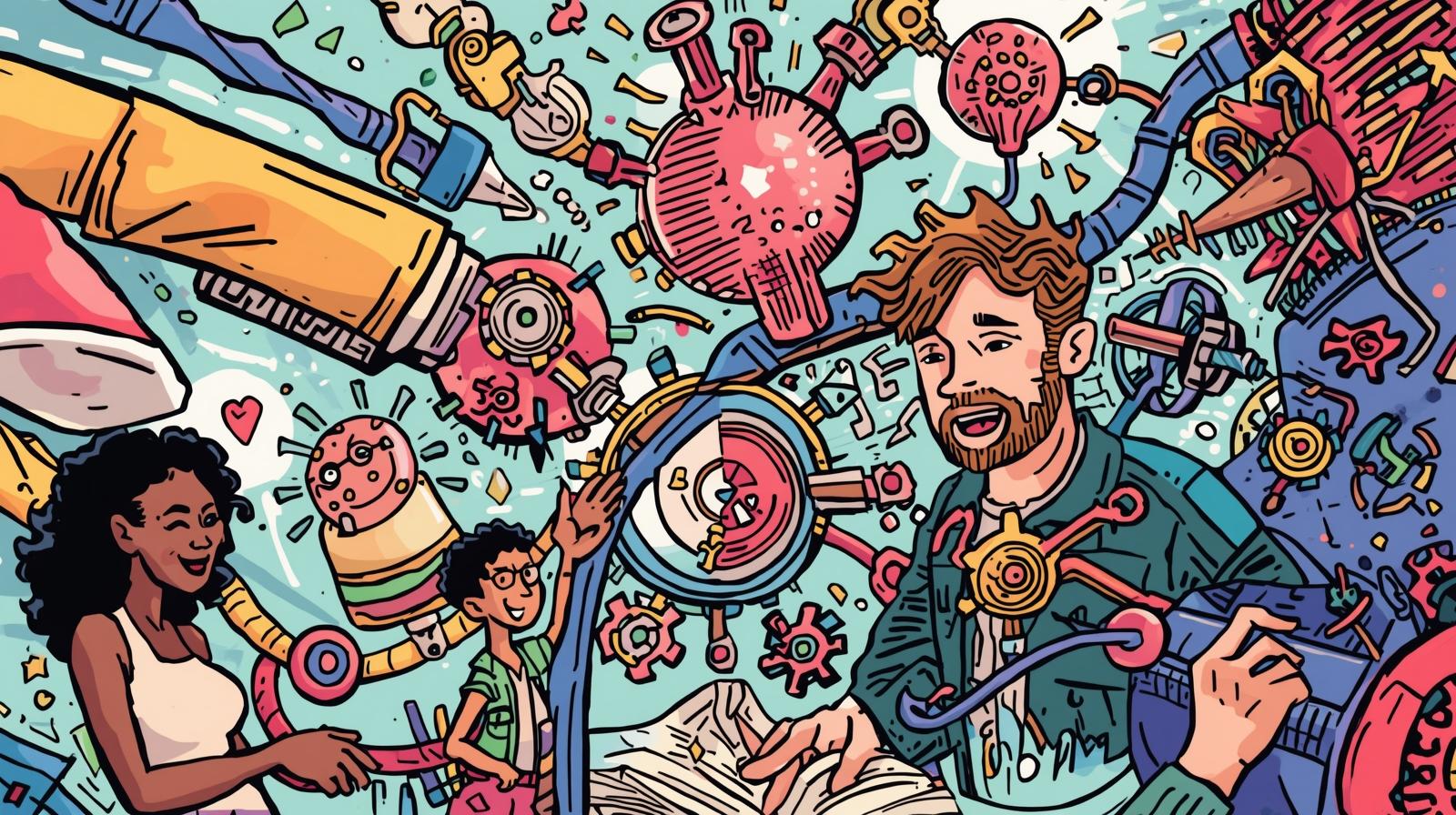When people hear “culture,” they think pizza parties or a list of company values. But culture isn’t always visible, it’s how people behave, the unsaid norms, and how teams interact when no one’s watching.
Here’s the challenge: every employee brings their own personal, regional, and generational culture with them. In a nationwide company, you’re not managing one culture, you’re blending dozens.
So Who Defines the Real One?
Without intentional leadership, culture defaults to whatever patterns emerge, and that usually means fragmentation, confusion, and misalignment.
A strong culture starts with clarity:
- What do we value?
- How do we work?
- What does “good” look like here?
Leadership should define the overarching culture — but not in isolation. It takes a dedicated culture lead (or crew) to translate values into systems, and systems into lived experience.
What About Subcultures?
Every team, department, and region has its own flavor, goals, and business needs. This is often shaped by history, leadership style, and local norms. That’s not a problem. It’s a signal.
Mapping subcultures helps you:
- Understand how people actually experience the company
- Spot friction between values and behaviors
- Honor uniqueness while building alignment
This isn’t about forcing uniformity. It’s about designing a shared framework that makes space for difference, without losing direction.
Who Owns the Culture Work?
Everyone plays a role, but someone needs to lead. Culture needs ownership, consistency, and accountability. That means:
- Listening to employees
- Synthesizing feedback into strategy
- Building systems that reinforce desired behaviors
- Evolving the culture as the company grows
Whether it’s a Culture Crew, a People Systems Lead, or an embedded partner, someone needs to connect the dots and keep the momentum alive.
Why It Matters
Without a defined culture:
- People default to personal habits
- Misunderstandings and friction increase
- Alignment suffers, and performance drops
With intentional culture leadership:
- Employees feel seen and supported
- Expectations are clear
- Collaboration and engagement thrive
Takeaway
Culture isn’t a vibe. It’s a system. You already have 100 cultures operating inside your company, the question is whether they’re working together or pulling apart.
The companies that succeed are the ones that:
- Map what’s real
- Define what’s shared
- Build systems that make it stick
Want to rethink how work works?
I optimize your existing systems to refine your processes, and build a culture that fits your people.
Angela Lallier | www.nebiv.com | info@nebiv.com
